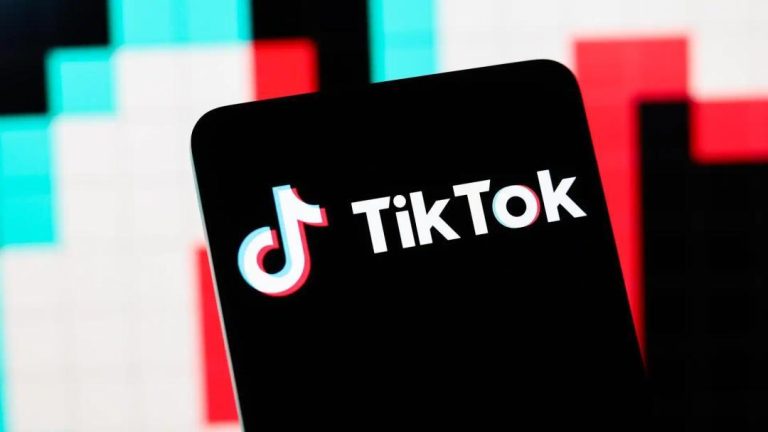
Cyberattacks on Non-Profits & Journalists Surge 241% in a Year
In today’s digital age, cybersecurity is no longer a concern limited to large corporations and governments. Non-profit organizations, independent media outlets, and civil rights groups are increasingly becoming targets of cyberattacks. A recent report by Cloudflare’s Project Galileo has revealed a staggering 241% surge in cyberattacks on these vulnerable public interest groups over the past year.
Project Galileo is a free cybersecurity protection initiative that provides critical defense against threats to non-profit organizations, independent media outlets, and civil rights groups. The program blocks nearly 109 billion threats between May 2024 and March 2025, making it a vital lifeline for these groups. The alarming increase in cyberattacks is a wake-up call for these organizations to prioritize their digital security and take proactive measures to protect themselves against these threats.
Who are the targets?
Non-profit organizations, independent media outlets, and civil rights groups are the primary targets of these cyberattacks. These groups are often under-resourced and lack the necessary expertise to detect and respond to sophisticated cyber threats. They are also more likely to be targeted due to their commitment to free speech, human rights, and social justice, making them a threat to those who seek to silence or manipulate public discourse.
Types of cyberattacks
The types of cyberattacks faced by these organizations are diverse and often complex. Some of the most common attacks include:
- DDoS (Distributed Denial of Service) attacks: These attacks flood a website or network with a large volume of traffic, making it difficult or impossible for users to access the site.
- Phishing attacks: These attacks involve sending fraudulent emails or messages that appear to be from a legitimate source, aiming to trick victims into revealing sensitive information.
- Malware attacks: These attacks involve installing malicious software on a device, often through phishing emails or infected websites, to steal data or compromise systems.
- Ransomware attacks: These attacks encrypt files and demand payment in exchange for the decryption key.
Why are non-profits and journalists targeted?
Non-profit organizations, independent media outlets, and civil rights groups are targeted for a variety of reasons. Some of the most common reasons include:
- Political ideology: These groups often challenge the status quo and promote alternative perspectives, making them a threat to those who seek to maintain power and control.
- Financial gain: Cybercriminals may target these groups for financial gain, such as stealing sensitive information or demanding ransom payments.
- Disruption of operations: Cyberattacks can disrupt the operations of these groups, making it difficult for them to carry out their mission and serve their stakeholders.
Consequences of cyberattacks
The consequences of cyberattacks on non-profit organizations, independent media outlets, and civil rights groups can be severe. Some of the most common consequences include:
- Loss of reputation: Cyberattacks can damage the reputation of these groups, leading to a loss of trust and support from their stakeholders.
- Financial losses: Cyberattacks can result in significant financial losses, including costs associated with incident response, data restoration, and reputational damage.
- Disruption of operations: Cyberattacks can disrupt the operations of these groups, making it difficult for them to carry out their mission and serve their stakeholders.
- Compromise of sensitive information: Cyberattacks can result in the compromise of sensitive information, including personal data and confidential communications.
What can be done to protect against cyberattacks?
While cyberattacks are a significant threat to non-profit organizations, independent media outlets, and civil rights groups, there are steps that can be taken to protect against these threats. Some of the most effective measures include:
- Implementing robust cybersecurity measures: This includes investing in firewalls, intrusion detection systems, and encryption technology.
- Educating staff and volunteers: Cybersecurity is a shared responsibility, and educating staff and volunteers about the risks and best practices can help prevent attacks.
- Regularly updating software and systems: Keeping software and systems up to date with the latest security patches can help prevent attacks.
- Conducting regular security audits: Conducting regular security audits can help identify vulnerabilities and take proactive measures to address them.
- Collaborating with cybersecurity experts: Partnering with cybersecurity experts can provide valuable insights and guidance on how to protect against cyber threats.
Conclusion
The surge in cyberattacks on non-profit organizations, independent media outlets, and civil rights groups is a wake-up call for these groups to prioritize their digital security and take proactive measures to protect themselves against these threats. By implementing robust cybersecurity measures, educating staff and volunteers, and conducting regular security audits, these groups can reduce their risk of being targeted and protect their reputation, finances, and operations.
Source:
https://geekflare.com/news/cyberattacks-on-nonprofits-journalists-surge-241-in-a-year/






